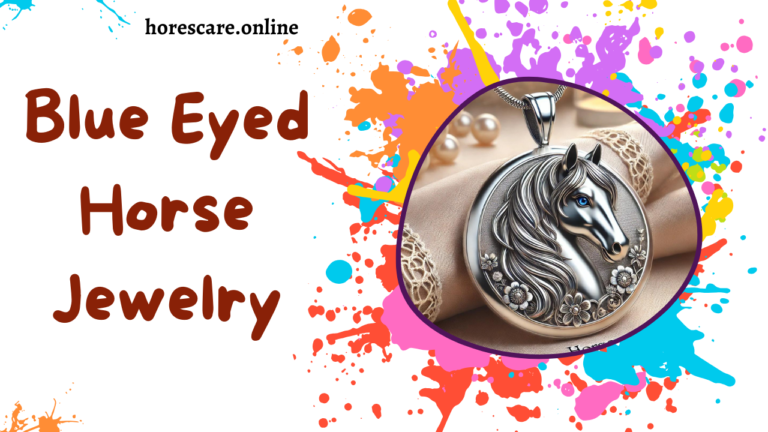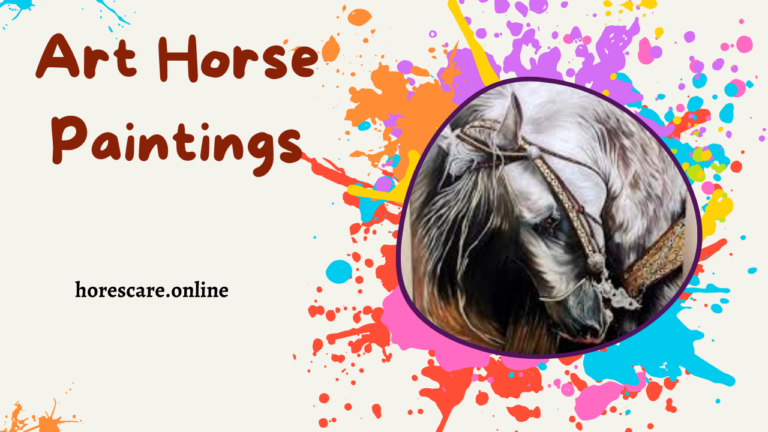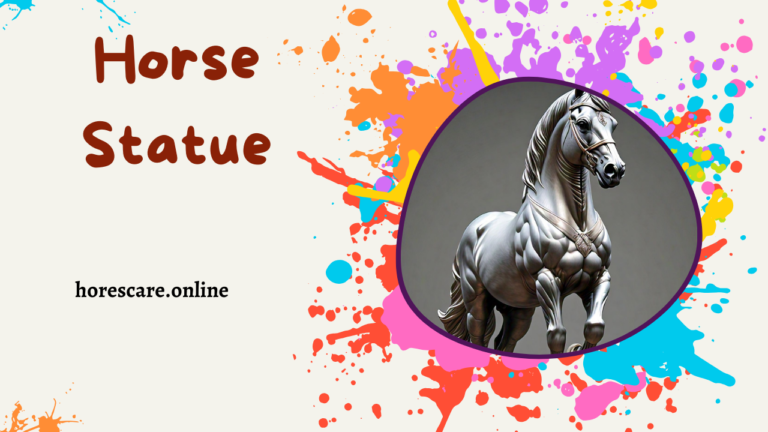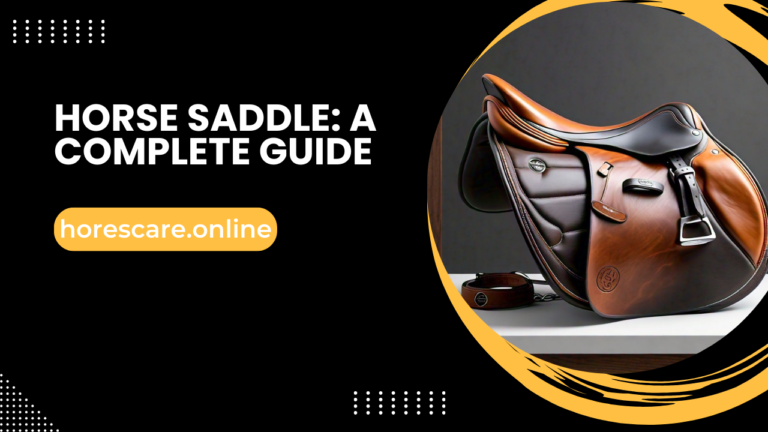Horse Painting: A World to Explore
Equine artwork has long captivated the hearts of art enthusiasts and horse lovers alike. From the sweeping strokes of oil paintings to the intricate details of realistic horse portraits, this artistic genre offers a remarkable blend of elegance, movement, and passion.
Whether you’re a seasoned collector or a newcomer to the world of horse-themed art, this guide delves into various aspects of equine artwork to inspire and inform your journey.
The Allure of Realistic Horse Portraits
Realistic horse portraits capture the spirit of the animal, with Perlino horses often inspiring equine artists. Renowned artists like George Stubbs and Rosa Bonheur created lifelike depictions, celebrating the strength and beauty of horses.
Modern artists use advanced techniques to achieve realism, such as precise shading, detailed anatomy, and the strategic use of light and shadow.
Whether crafted with oil paints, charcoal, or colored pencils, realistic horse portraits remain a timeless choice for collectors and horse enthusiasts.

Exploring Abstract Horse Paintings
Abstract horse paintings offer a fresh perspective, focusing on color, form, and movement over exact representation. Vibrant splashes of color, bold brushstrokes, and unique compositions bring a playful, avant-garde flair to traditional horse imagery. Even themes like “horse jokes“ can inspire light-hearted, modern designs.
Abstract art allows the viewer to interpret the piece in their own way, making it a compelling choice for modern homes and offices.
It’s particularly popular among those looking to incorporate horse-themed wall decor into minimalist or eclectic interior designs.
The Charm of Western Horse Art
Western horse art evokes the rugged spirit of the American frontier, showcasing the deep bond between cowboys and their steeds. Central to this imagery is the iconic horse saddle, symbolizing the cowboy lifestyle.
Depictions of wild mustangs, cattle drives, and rodeos capture the romance and adventure of the Old West.
Popular mediums for Western horse art include oil paintings and sculptures, with earthy tones and dynamic compositions that evoke a sense of nostalgia.
These works often find their place in rustic or country-style homes, enhancing the ambiance with a touch of Western charm.
Horse Painting Techniques: From Sketch to Masterpiece
Creating equine artwork requires a combination of technical skill and artistic vision. Here are some common techniques used by horse artists:
Sketching:
A strong foundation begins with accurate horse sketching. Artists often start with basic shapes to outline the anatomy before adding details.
Layering:
In mediums like oil and acrylic, layering is key to achieving depth and dimension. Transparent glazes and bold highlights bring the subject to life.
Watercolor Blending:
Watercolor horse painting demands mastery of blending and wet-on-wet techniques to create soft, flowing textures.
Palette Knife Techniques:
For a dramatic and textured effect, some artists use palette knives to apply paint in bold strokes, ideal for abstract or Western styles.
Famous Horse Artists to Know
The history of equine art shines through the works of renowned artists. George Stubbs, the “father of equine painting,” studied horse anatomy, including horse shoes, for lifelike depictions. Rosa Bonheur’s The Horse Fair captures vitality, while modern artists like Jaime Corum and Beatrice Bulteau continue to innovate, often highlighting intricate horse shoes designs.
Equestrian Art Galleries and Custom Horse Portraits
For enthusiasts looking to explore or acquire equine artwork, equestrian art galleries are a treasure trove of inspiration. These galleries often feature a range of styles, from classic oil paintings of horses to modern acrylic equine art.
Many artists also offer custom horse portraits, allowing clients to immortalize their beloved horses in a personalized masterpiece.
Incorporating Horse-Themed Wall Decor
Equine artwork is a versatile addition to any interior design scheme. Here are some ideas for incorporating horse-themed wall decor into your space:
Rustic Chic:
Pair Western horse art with reclaimed wood furniture and earthy tones for a cozy, rustic vibe.
Modern Minimalism:
Opt for abstract horse paintings in monochrome or vibrant colors to complement sleek, modern interiors.
Gallery Walls:
Create a gallery wall featuring a mix of horse sketches, oil paintings, and watercolor pieces for an eclectic look.
Conclusion: Celebrating the Art of the Horse
Equine artwork is more than just a visual treat; it’s a celebration of the profound connection between humans and horses. From the precise lines of realistic horse portraits to the expressive strokes of abstract art, each piece tells a unique story.
Whether you’re drawn to wild horse paintings, custom portraits, or the timeless appeal of Western art, there’s no shortage of inspiration in the world of horse painting.




